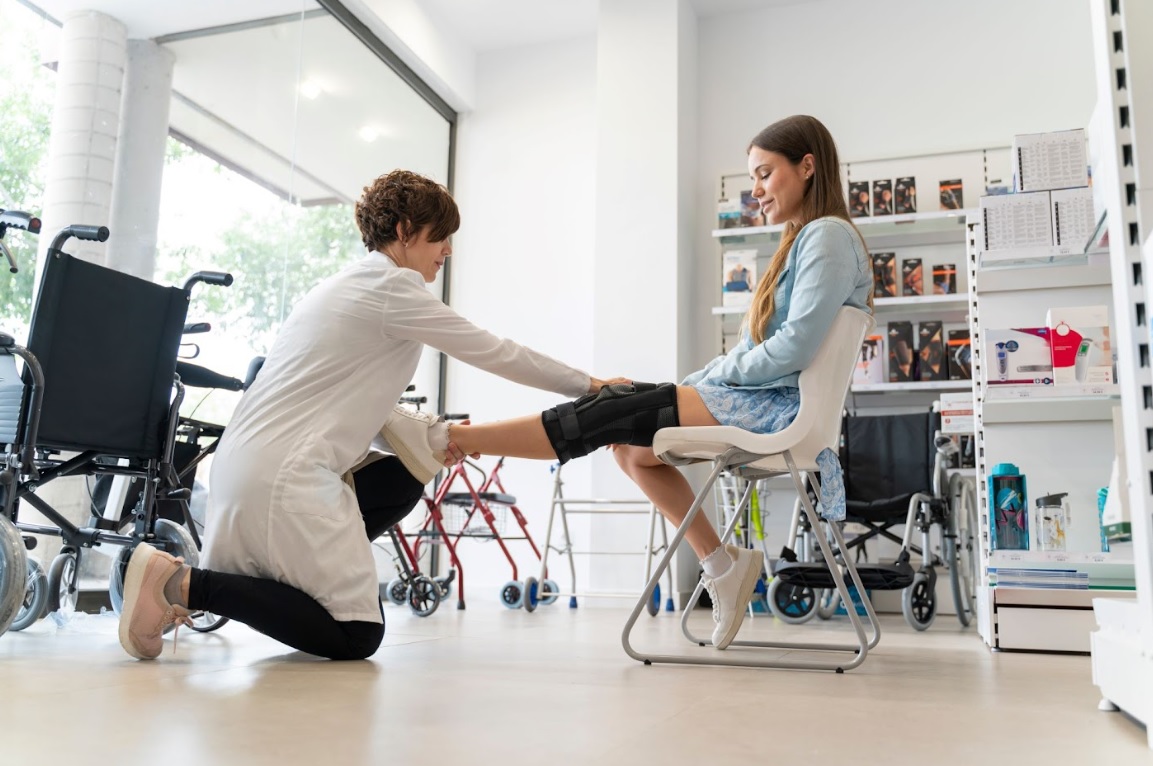Car accidents can profoundly impact our physical health and overall well-being. In the aftermath of such traumatic events, seeking proper medical care and rehabilitation is crucial to ensure a smooth and effective recovery process.
Recovery after a car accident is not just about healing physical injuries; it’s about regaining independence, restoring functionality, and reclaiming one’s life. In easing the journey to recovery, physiotherapy plays a vital role.
In this article, you’ll explore the significant benefits of physiotherapy and rehabilitation after a car accident. Whether you’ve experienced minor whiplash or more severe trauma, the expert guidance of an auto accident doctor can make a difference in your recovery journey.
Physiotherapy And Its Benefits
Physiotherapy, also known as physical therapy, is a specialized healthcare discipline that focuses on restoring mobility, reducing pain, and improving overall physical function through targeted exercises and treatments.
Physiotherapy after a car accident offers numerous benefits. One of the key advantages is effective pain management through various techniques, which will be discussed later.
Moreover, your pain management doctor will design personalized exercise programs to help individuals regain strength, flexibility, and range of motion. These targeted exercises aid in restoring functionality to the affected body parts, contributing to a faster recovery.
Beyond the physical aspect, physiotherapy provides emotional support during recovery, promoting mental well-being.
Recovery Techniques And Tips
The journey to recovery after a car accident can be challenging, but various techniques and tips can make the process smoother and more effective. In this section, here are key strategies to aid in your recovery and help you regain physical and emotional well-being:
Therapeutic Exercises
Therapeutic exercises, tailored to individual needs and injuries, are pivotal in post-accident recovery. Physiotherapists design these exercises to improve flexibility, strength, and range of motion.
Targeted exercises for specific body areas can alleviate pain and aid in the healing process. For instance, exercises that focus on the neck, back, and joints help relieve stiffness and discomfort.
A gradual progression in exercise intensity ensures safety while promoting healing. Patients are guided on proper techniques and provided with personalized exercise plans to achieve optimal recovery outcomes.
Regular engagement in therapeutic exercises accelerates healing, restores functionality, and enhances overall well-being. These exercises empower individuals to take an active role in their recovery, fostering a sense of control and progress on their journey to wellness.

Heat And Cold Therapy
Heat and cold therapies are essential modalities in post-car accident recovery. Cold therapy, or cryotherapy, is the application of ice packs or cold compresses to the injured area. This helps reduce inflammation, swelling, and pain by constricting blood vessels.
On the other hand, heat therapy involves applying warm compresses or heating pads to the affected area. Heat increases blood flow, promotes muscle relaxation, and eases stiffness and discomfort.
Alternating between heat and cold therapies, known as contrast therapy, can provide further relief.
Both techniques are effective, but using them appropriately and following a healthcare professional’s guidance is crucial to avoid adverse effects.
Electrical Stimulation
Electrical stimulation is a valuable technique used in physiotherapy for post-car accident rehabilitation. This method involves using electrodes to apply mild electrical currents to targeted muscles or nerves. The electrical impulses stimulate muscle contractions, helping to improve muscle strength, prevent muscle atrophy, and reduce pain.
Electrical stimulation promotes blood flow and enhances the body’s natural healing processes. This technique is particularly beneficial for individuals with muscle weakness or limited mobility due to a car accident.
Transcutaneous electrical neuromuscular stimulation (TENS) is a widely utilized physical therapy modality for short- and long-term pain management. During this procedure, the physical therapist employs a TENS unit to target affected areas by transmitting electrical currents through electrodes to block the pain signals from reaching the brain. This can lead to less muscle tension and better blood flow, which can help the affected area heal and ease pain.
Ultrasound Therapy
Ultrasound therapy is a non-invasive and widely used technique in physiotherapy for car accident recovery. It involves the use of high-frequency sound waves that penetrate deep into the tissues, generating heat.
Ultrasound therapy is particularly effective for treating soft tissue injuries commonly sustained in car accidents, such as muscle strains and ligament sprains. It can also help break down scar tissue, improve flexibility, and accelerate healing.
As with any physiotherapy technique, ultrasound therapy should be administered by a qualified and experienced physiotherapist to ensure safe and optimal results.
The Bottom Line
After a car accident, the road to recovery can be physically and emotionally challenging. However, the journey becomes smoother and more effective with the expert guidance of physiotherapy and rehabilitation.
Embracing these recovery techniques under the guidance of skilled healthcare professionals empowers individuals to take control of their healing process and reclaim their quality of life. Prioritize your well-being and enlist the expertise of physiotherapy to ease your journey after a car accident.
